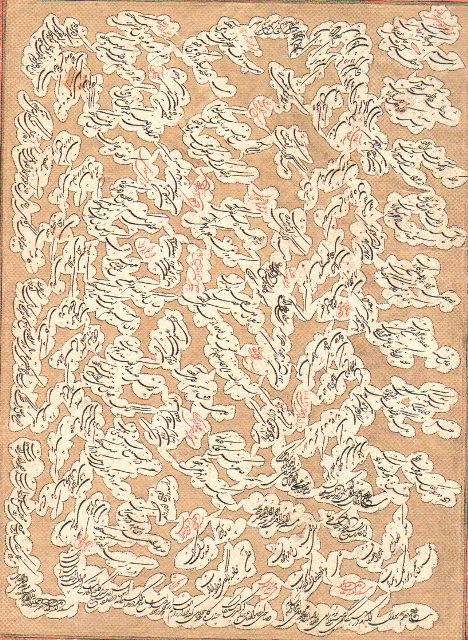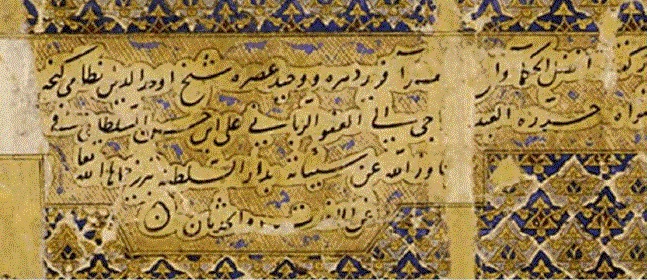(3)_1_2.jpg)
Ibn Muqla: The Innovative Calligrapher
Ibn Muqla: The Innovative Calligrapher
Abu Ali Muhammad ibn Hussein ibn Muqla Beyzavi Shirazi, known as Ibn Muqla, was a renowned and innovative Iranian calligrapher, born in 272 AH in the city of Baghdad. His father, Abu Abbas, originally from Beyza in Fars, is said to have been familiar with Qur’anic transcription and Kufic calligraphy . For this reason, he encouraged his sons to pursue knowledge and the arts and put great effort into their proper upbringing. Among his children, Ibn Muqla, due to his innate talent and genius, surpassed his siblings. He studied under teachers such as Abbas Thaʿlab and Abu Bakr ibn Doraid, gradually specializing in literary sciences. Ibn al-Aḥwal al-Sijzī , Ibn Muqla’s calligraphy master, was also the first to bestow upon him the title “Imam al-Khattatin” (Leader of Calligraphers). After completing advanced studies in his youth, Ibn Muqla, due to the circumstances of his time, entered the ranks of the statesmen of his era and, in his youth , began serving as a secretary in the administration of Ibn Jarrah. For this work, he received a monthly salary of 6 dinars, but after eight months, he decided to leave Ibn Jarrah’s service. It seems that tax collection and subsequently governing certain provinces in Fars were among Ibn Muqla’s first administrative positions. He was constantly engaged in socializing and associating with scholars, intellectuals, and calligraphers of his time, and many calligraphers of that period came to him for instruction. In 296 AH, following the invitation of Muqtadir Billah, the Abbasid Caliph, Ibn Muqla moved to Baghdad. Al-Muqtadir summoned Ibn Muqla to Baghdad because he recognized his intelligence, precision, prudence, political acumen, and deep understanding of the situation in Iran. Moreover, the turmoil and disorder in Baghdad, along with the declining reputation of the Abbasid caliphs among the people and the various Iranian uprisings that challenged Abbasid authority during the 4th century AH, created a suitable environment for the presence of a Shiite, Iranian-born minister who, incidentally, some accounts suggest he was critical of certain Abbasid practices. At that time, Ibn Forat held the Abbasid vizierate, and upon recognizing Ibn Muqla’s competence in governance and strategy, he gradually entrusted all matters under his charge to him. In this way, Ibn Muqla’s influence and prestige steadily solidified. His life spanned the caliphates of three Abbasid rulers—Al-Muqtadir, Al-Qahir, and Al-Razi Billah—and his tenure as vizier coincided with one of the most prosperous periods for the people of Baghdad. Even during his ministerial duties, Ibn Muqla was renowned for his generosity and philanthropy; most of the rewards and stipends he received from the caliphs were distributed among the poor and needy. Furthermore, he often gave away many of his own calligraphic works as acts of charity.
The Enduring Legacy of Ibn Muqla in Calligraphy
Ibn Muqla’s remarkable contributions, skill, and innovation in the art of calligraphy are of undeniable significance. His place and status in the history of Iranian calligraphy can be appreciated from two main perspectives:
1. Extraction and Refinement of Scripts:
Ibn Muqla, together with his brother, was able to extract and perfect six distinct scripts—Muhaqqaq, Reyhani, Thuluth, Naskh, Riqā , and Tawqiʿ—from the original Kufic script. This systematic approach laid the foundation for the structured and standardized development of Islamic calligraphy.
Ibn Muqla, together with his brother, was able to extract and perfect six distinct scripts—Muhaqqaq, Reyhani, Thuluth, Naskh, Riqā , and Tawqiʿ—from the original Kufic script. This systematic approach laid the foundation for the structured and standardized development of Islamic calligraphy.
2. Aesthetic Enhancement and Structural Innovation:
He beautified individual letters and the structural compositions of words, guiding innovation into the artistic realm and opening a new chapter in the field of calligraphy. Through his emphasis on proportion, harmony, and visual elegance, Ibn Muqla established a lasting and familiar aesthetic framework that continues to influence the art of Iranian-Islamic calligraphy today.
He beautified individual letters and the structural compositions of words, guiding innovation into the artistic realm and opening a new chapter in the field of calligraphy. Through his emphasis on proportion, harmony, and visual elegance, Ibn Muqla established a lasting and familiar aesthetic framework that continues to influence the art of Iranian-Islamic calligraphy today.
In essence, Ibn Muqla created a timeless and coherent visual language in calligraphy that combined technical mastery with artistic beauty, leaving an enduring mark on the tradition of Persian and Islamic writing. He, through composing a treatise on the scientific and aesthetic principles of calligraphy, was the first to codify the formal rules of script and to strengthen the geometric relationships of letters. Regarding Ibn Muqla’s enduring and significant contributions to calligraphy, scholars first note that he is considered the inventor and innovator of a new style of Arabic script. Perhaps his most important achievement, however, was the introduction of geometry and its practical application in calligraphy. Although some have claimed that scripts other than Kufic existed before 200 AH, there is no doubt that Ibn Muqla devoted considerable effort to their refinement and enrichment. With his abundant talent and keen artistic sensibility, this artist endeavored to analyze the complexities of the Kufic script and improve it, so that literate people could more easily learn its method of writing. In this regard, it seems that one of Ibn Muqla’s main concerns was to reconcile the public with this authentic Iranian-Islamic art and to revive and popularize it once again.
Among Ibn Muqla’s most important achievements is the Muhaqqaq script, which he derived and refined from the Kufic script. He designated Muhaqqaq primarily for the writing of Qur’anic verses and religious texts. Another lasting innovation by Ibn Muqla is the Reyḥān script, which he developed from Muhaqqaq.
Ibn Muqla also established and perfected the Naskh script—a highly legible and flowing style—around 310 AH, during the reign of the Abbasid caliph al-Muqtadir and the vizierate of Ibn al-Furat. This script was named Naskh because it superseded all previous scripts and became the preferred style for copying the Qur’an. Its design ensured that letters and words were executed in a way that made reading easy and virtually error-free, especially when accompanied by diacritical marks and vowel signs. Continuing his innovations, Ibn Muqla developed the Ruqʿah script, designed primarily for writing letters, decrees, and governmental orders. He also established twelve rules for the aesthetics of script, which are: composition, base (kursi), proportion, weakness, strength, surface, roundness, permissible ascent, permissible descent, principles, clarity, and dignity. This talented calligrapher, in addition to his mastery of calligraphy, was also well-versed in other sciences such as jurisprudence, Qur’anic exegesis, literature, composition, rhetoric, lexicography, and poetry. However, his superiority in calligraphy overshadowed his other scholarly pursuits, and although he excelled in the sciences and arts of his time, he achieved eternal fame and renown as a master calligrapher.
Surviving Artistic Works of Ibn Muqla
Despite Ibn Muqla’s unparalleled fame and status in the history of Iranian calligraphy, few written works of this master have survived. Some of the works attributed to him include:
- The Qur’an
- Risālah fī al-‘Ilm al-Khaṭṭ (Treatise on the Science of Calligraphy)
- Risālah fī Mīzān al-Khaṭṭ (Treatise on the Proportions of Script)
- Asnāf al-Kuttāb (Categories of Scribes)
- Moqaddame fī al-Khaṭṭ (Introduction to Calligraphy)
- Ikhtiyār al-Ash‘ār (Selection of Poems)
- Jamal al-Khaṭṭ (Sentences on Calligraphy)
Additionally, several letters written by Ibn Muqla have survived, including letters addressed to military commanders and provincial governors, as well as correspondence with Abdullah al-Baridi and Ibn Forat.
Ibn Muqla: The Iranian Shia Calligrapher in Politics and Persecution
This Iranian-born and Shia Muslim calligrapher, despite residing in Iraq, paid close attention to the emerging governments in Iran, hoping that with their support, he might reform the oppressive Abbasid regime. The chaotic state of Baghdad in the 4th century AH, contrasted with the power, wealth, and stability of Iran, created favorable conditions for challenging the Abbasids. However, because Ibn Muqla was of Iranian descent and deeply attached to Iranian culture and civilization, Caliph al-Muqtadir became enraged with him. As a result of envious adversaries, Ibn Muqla had his right hand amputated before his death, a punishment particularly severe for a master calligrapher. Remarkably, even after this tragedy, he continued to practice calligraphy skillfully and trained numerous talented students. Soon after, the Abbasid caliph issued a death sentence against him. Ibn Muqla’s life is thus notable for the intertwining of art and politics. Over his lifetime, he:
- Served as a minister three times
- Was dismissed from office three times
- Worked under three caliphs
- Copied three Qur’ans
- Was buried three times
| Name | Ibn Muqla: The Innovative Calligrapher |
| Country | Iran |
| Type | Calligraphy |
(7)_1_1.jpg)
(3)_1_1_1.jpg)
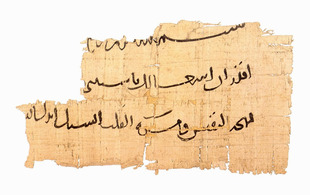
(7)_1_1.jpg)
(3)_1_1_1.jpg)

Choose blindless
Red blindless Green blindless Blue blindless Red hard to see Green hard to see Blue hard to see Monochrome Special MonochromeFont size change:
Change word spacing:
Change line height:
Change mouse type:
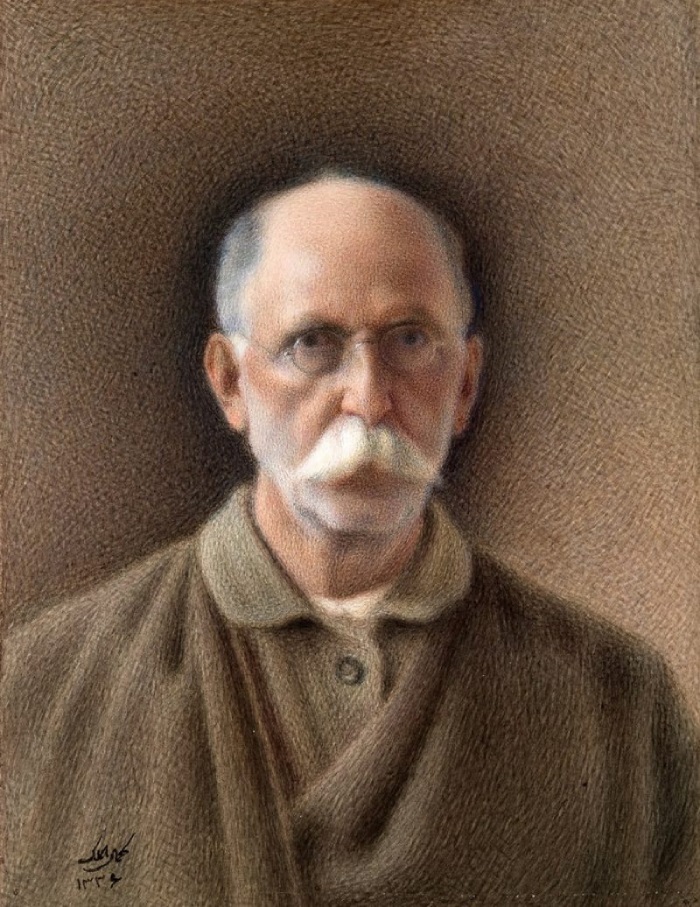

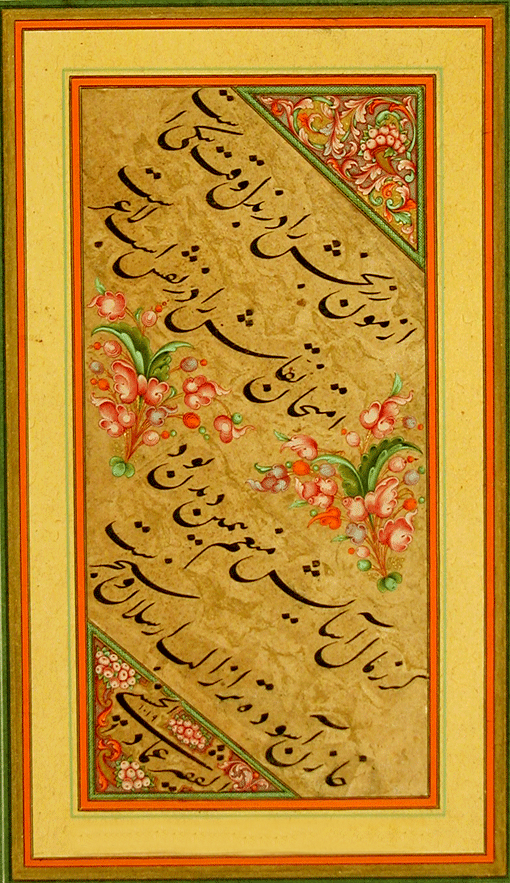
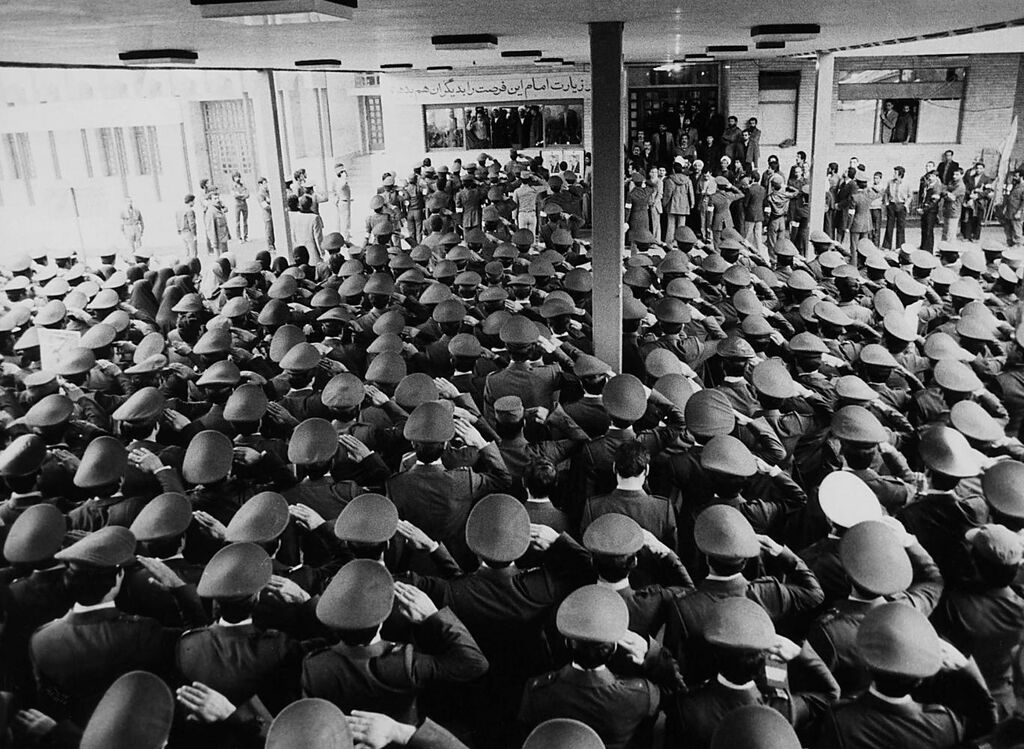
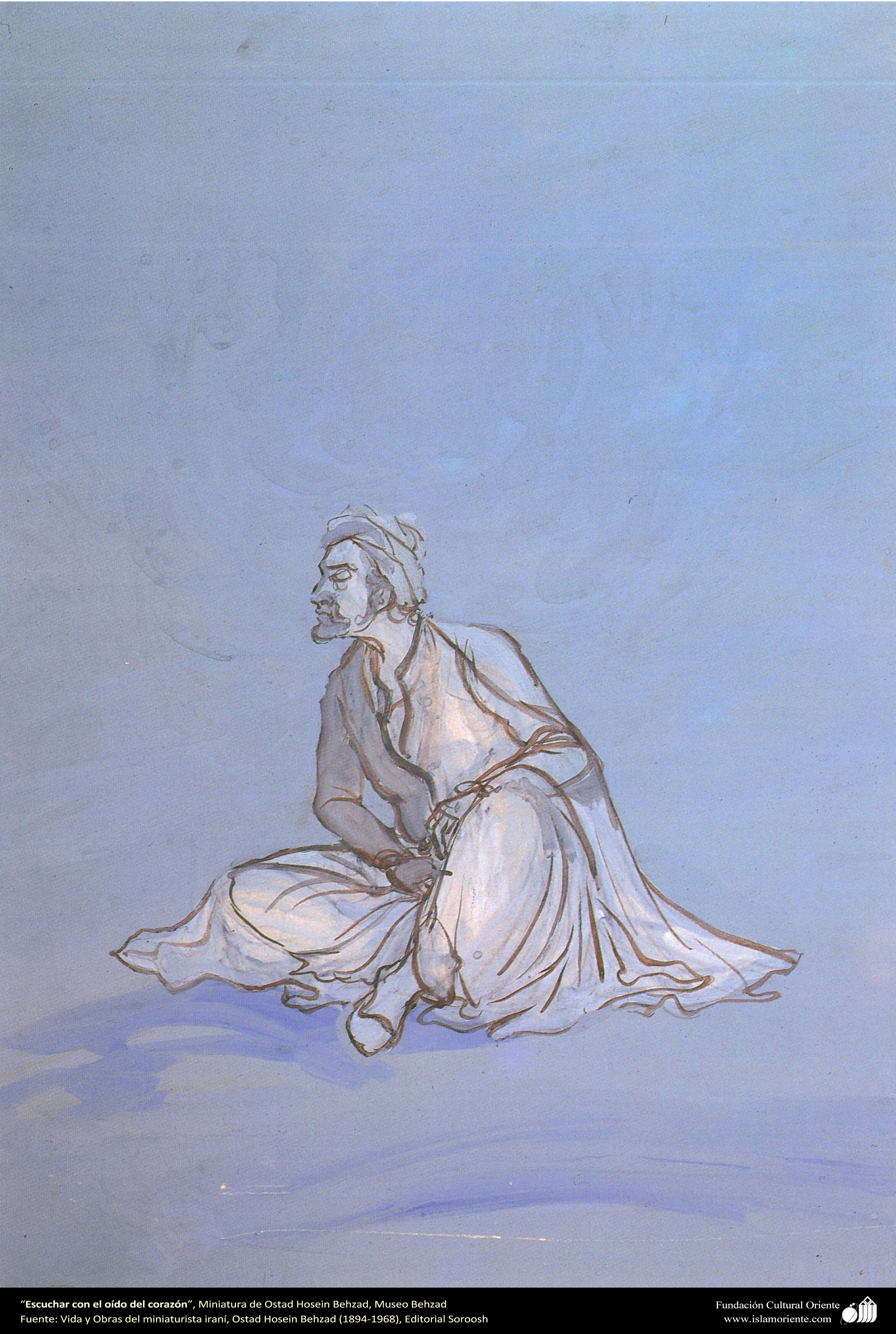
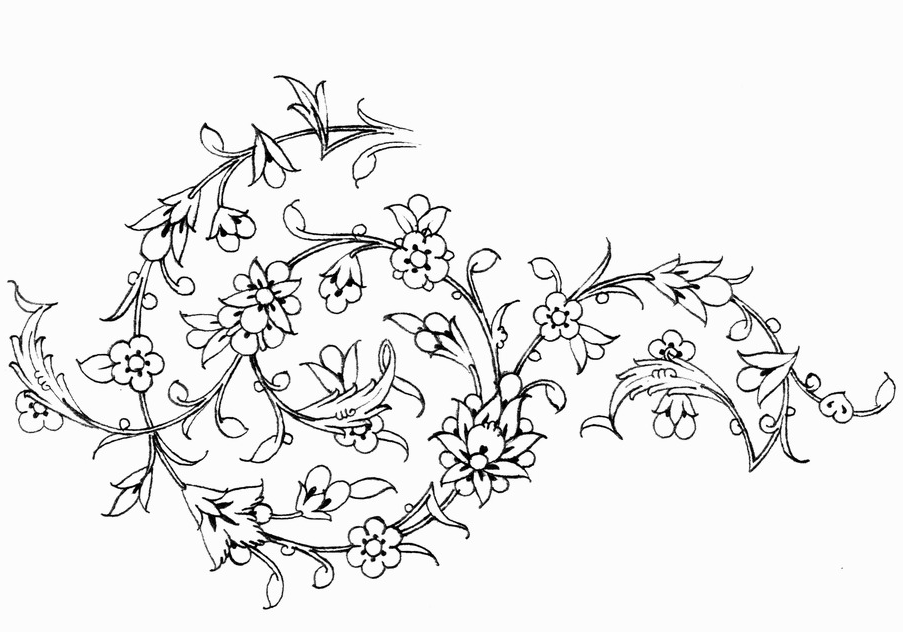
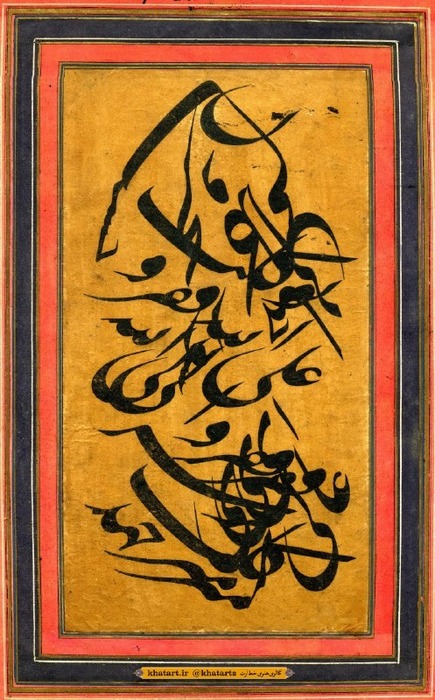
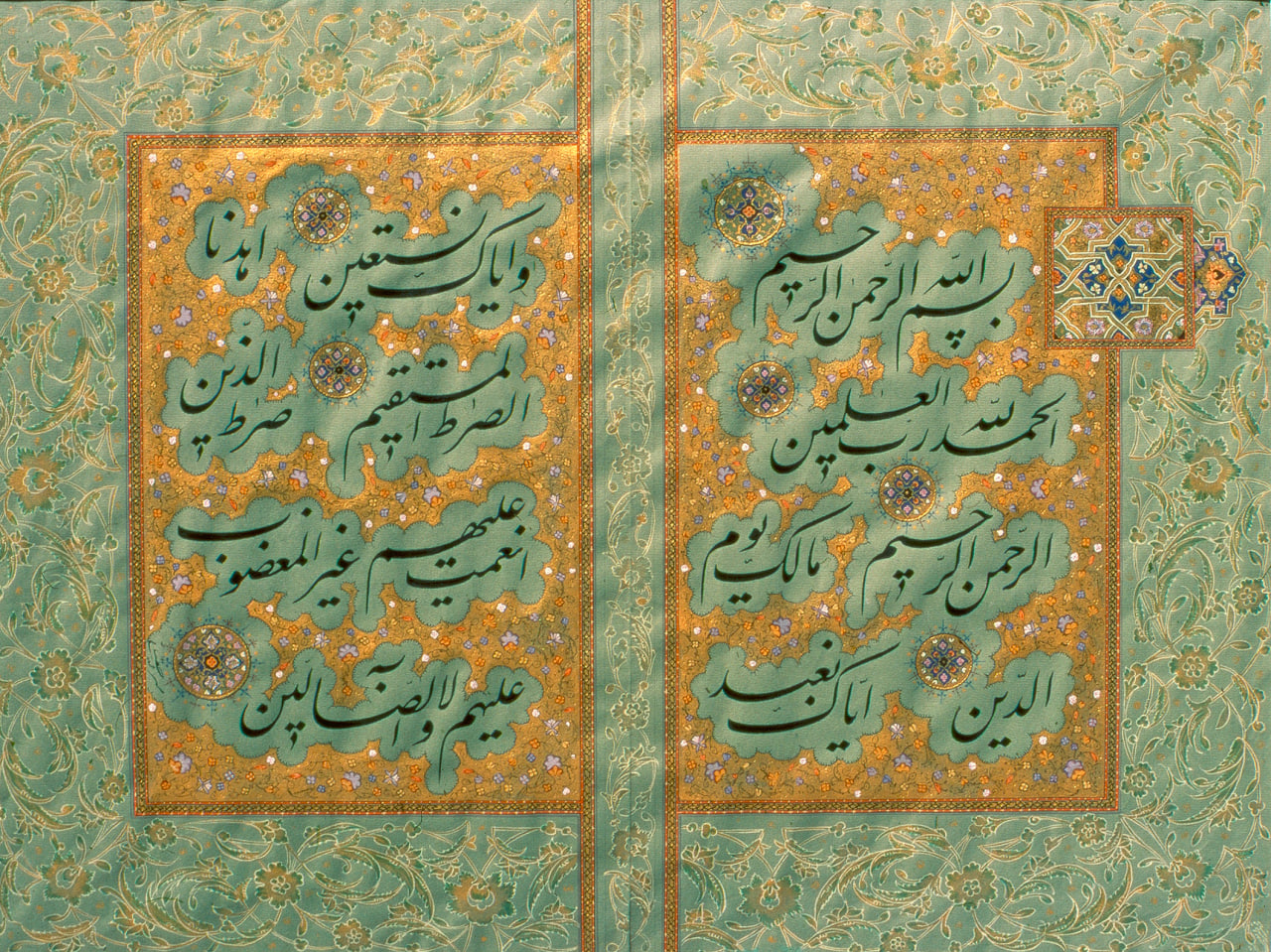
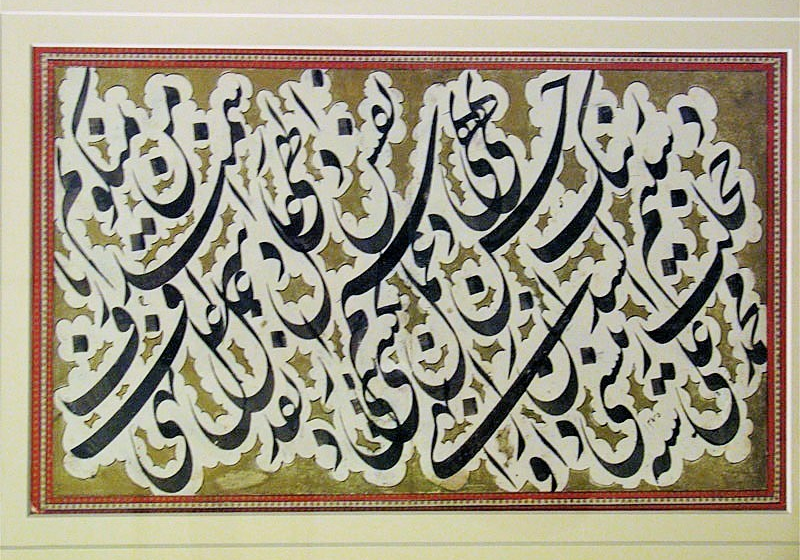
.jpg)
